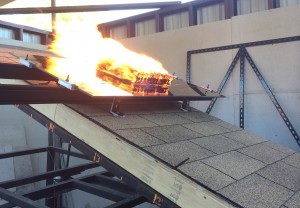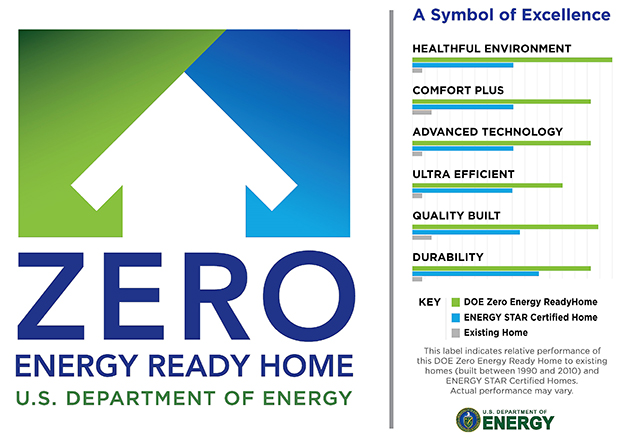On January 1, 2015, jurisdictions throughout the State of California and elsewhere, with designated Wildland Urban Interface Areas (WUI), will begin enforcing the new Class A & B fire ratings for PV systems and roofing. Most PV system products have the lower C rating and this enforcement date may prove a disruption for the PV industry.
If the Authority Having Jurisdiction (AHJ) requires either Class A or B fire ratings for buildings in the Very High Fire Severity Zones and WUI Areas, the requirement will now be enforced for roofing, mounting hardware and solar panels. In 2000, the U.S. Wildland Urban Interface contained more than 12.5 million housing units, a 52 percent expansion from 1970 (see http://www.ucsusa.org article “Playing with Fire” 2014).
The 2011 International Building Code (adapted in many jurisdictions) requires that PV systems have a fire rating that is the same or better than the required fire rating of the roof, which in the WUI areas is generally Class A or B. To properly address this new fire rating requirement, the safety standard UL1703, which regulates the safety of PV modules and panels, was updated in October of 2013 with new fire performance test requirements. As of the fall of 2014, only a few manufactures have evaluated their products to the new version of UL1703. This link provides more info on the new test requirements: http://solarabcs.org/about/publications/meeting_presentations_minutes/2014/pdfs/Guide-FireRatingPVSystems-V2.pdf. The updated UL1703 test requirements do not affect Building Integrated PhotoVoltaics (BIPV) which are fire rated as a roofing product.
Effectively, for many areas where new homes are built or homes re-roofed, the fire classification requirements will be more stringent and the rating will apply to solar panels and mounting hardware. As Power Shield, Inc. goes through testing as a roof and a BIPV product, it intends to achieve a Class A rating for the metal roof and metal solar roof tiles.




